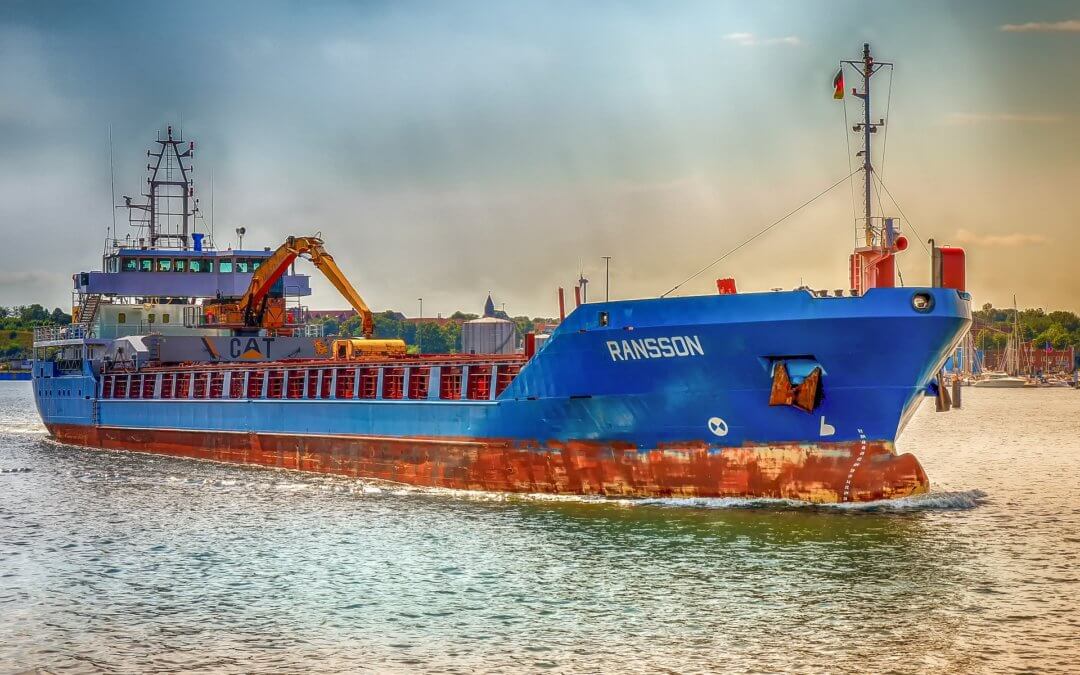When you have a product that you’re excited about it’s easy to overlook small factors like logistics and shipping. All your attention is on the manufacturing of the perfect product and these fringe issues don’t always feel very pressing. The reality is though that an inefficient logistics and shipping system can result in good products failing. On the other hand efficient systems save money and allow you to provide a high quality service to your customers leading to more repeat sales and referrals. You see, your buyers expect more than an incredible product, they expect an incredible experience.
With years of global shipping experience under our belts we help our customers put in place streamlined and efficient processes, today we will share our top tips to help you do the same.
Prioritise
Understanding that shipping is part of the process is the first step. It is not an afterthought and should be considered a major part of your business. The actual systems you need to put in place will be unique to you, for example you will have different logistics in place if you are shipping direct to clients or to wholesale, organising the shipping of single units will be different to bulk orders and the product itself will require a unique approach to ensure it arrives to the paying customer in one piece and on time.
Creating systems that work for your business is something you can only do when you have all this information and have carefully analysed what your needs are. Don’t wait till your product is ready to hit the shelves to consider this. Make it a priority in the early stages and consider it throughout development
Prepare
Any efficient system requires careful preparation. You can’t expect everything to be in place unless you put it there! Make sure you have enough shipping boxes and packing materials, it seems obvious but this is so easily overlooked. It is also advisable to consider the size of the containers, if your boxes are too big you could spend more money on inner packaging and shipping than necessary.
Creating an organised shipping system might also include schedules so that your orders only go out of specific days. This allows you to have everything in place when you need it and utilise time, resources and staff more productively.
Lastly consider what you could do to ensure the processes you set out are actually implemented. Perhaps you could use checklists or even appoint a quality control manager to ensure that standards are being adhered to.
Plan the Passage
The route your product takes from you to your customer should be carefully considered for cost and time efficiency. This obviously depends on how far it will travel and if crossing borders are required. Regardless of distance though, we recommend enlisting experienced and knowledgeable professionals to provide this service as well as to offer support and advice when you need it.
Predict
Taking the time to analyse the market and predict buyer trends will pay off enormously. If you can predict when you will see high and low demand, then you can plan accordingly. Having the right stock, staff, resources and time is essential for a well ordered supply chain. The consequences of either having too much or too little are both potentially catastrophic. Working in alignment with your industries sales cycles creates a more coherent logistics and shipping system.
Don’t do it alone
Here at Nexus we provide extensive support to our customers ensuring their logistics and shipping systems are part of their overall business plan and enable their business to grow effectively. We even handle the logistics when necessary, using a well-established brokerage for the most cost effective routes to your destinations as well as providing appropriate shipping boxes to ensure your products arrive at their final destination in pristine condition.
We also able to offer support on an advisory basis so if you have any questions or concerns about this process then don’t hesitate to contact the experts here at Nexus.


